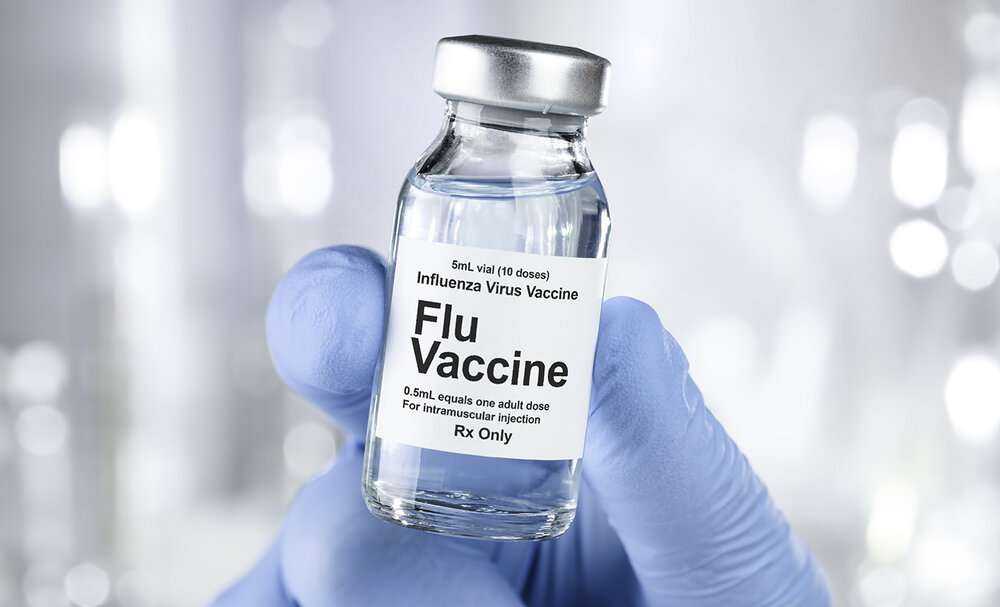BY TVISHA MISTRY
“There’s just no flu circulating,” says Greg Poland, who has studied the disease at the Mayo Clinic for decades.
During COVID-19 all of us have tried our best to stay safe and stop the spread of the virus through PPE’s (Personal Protective Equipment). As a result of our efforts to stop the spread of coronavirus, we have managed to drop the number of flu cases to historic lows.
Interestingly, STAT’s reports show that two types of flu viruses have not been reported for over a year. This indicates that there have been no documented cases of these viruses anywhere in the world.
One of the subtypes of Influenza A viruses began behaving abnormally, in the eight years building up to the COVID-19 pandemic. Flu viruses evolved continuously to grow stronger and evade immune defenses developed by our bodies.
After 2012, H3N2 (a subtype of the viral genus Influenza Virus A) started to behave differently. The viruses formed into clades (monophyletic groups), drifting further and further apart with each passing year, making the decision of choosing versions of H3N2 to include in flu shots an increasingly challenging task.
However, an unexpected upside of the COVID-19 pandemic may have made flu’s diversity more manageable; if not solving this problem for us completely.
The lesser diversity among flu viruses the easier it is to target the flu through vaccines. Every year, scientists develop the flu vaccine months before the flu season begins by examining the strains that are currently circulating across the world and projecting which flu variants will be the most frequent during the following season.
Lessening the genetic distance between the clades means a smaller pool of circulating viruses to choose from and a greater chance that the strains in the shot will match those circulating the world.
“I think it has a decent chance that it’s gone. But the world’s a big place,” Trevor Bedford, a computational biologist at the Fred Hutchinson Cancer Research Center in Seattle, told STAT, referring to the H3N2 clade.
Richard Webby, director of the World Health Organization Collaborating Center for Studies on the Ecology of Influenza in Animals and Birds, based at St. Jude Children’s Hospital in Memphis, said, “currently when we sit down to make recommendations for vaccine strains, it’s always the ‘headache’ virus.”
Even though certain viruses have not been reported in government databases, Richard Webby cautions that they may still exist. However, the sharp decrease in flu cases this year is expected to bring some changes to the flu vaccine development, according to forecasts.
“Without doubt, this is definitely going to change something in terms of the diversity of flu viruses out there,” Webby told STAT. “The extent to which it changes and how long it stays changed are the big question marks. But we have never seen this before.”
Webby speculates that a low-flu season might kill off less-common variants of influenza. “A lot of different flus’ have been circulating in recent years. Are they all going to make it out of this or not?” he asks. “It’s possible that what this season will do is actually make the virological picture a lot simpler. That may be permanent, potentially.”
The absence of viral competition in human hosts, on the other hand, might potentially open the way for new swine-flu varieties in the future. Webby continues, “we get a handful of those every year, in the agricultural-fair season. One of the things holding those viruses back a lot is natural immunity. If flu is low for a few seasons, that might leave a gap for swine viruses to have more impact.”
Other Notable Comments
“I am sure that flu will come back with a vengeance at some stage in the future,” says Robert Ware, a clinical epidemiologist at Griffith University in Queensland, Australia, “but it might take a few years.”
“Right now, because influenza isn’t circulating as much, it’s possible the virus has not had as much opportunity to evolve,” said Dr. Baker, “meaning our vaccines could be more effective than normal.”

